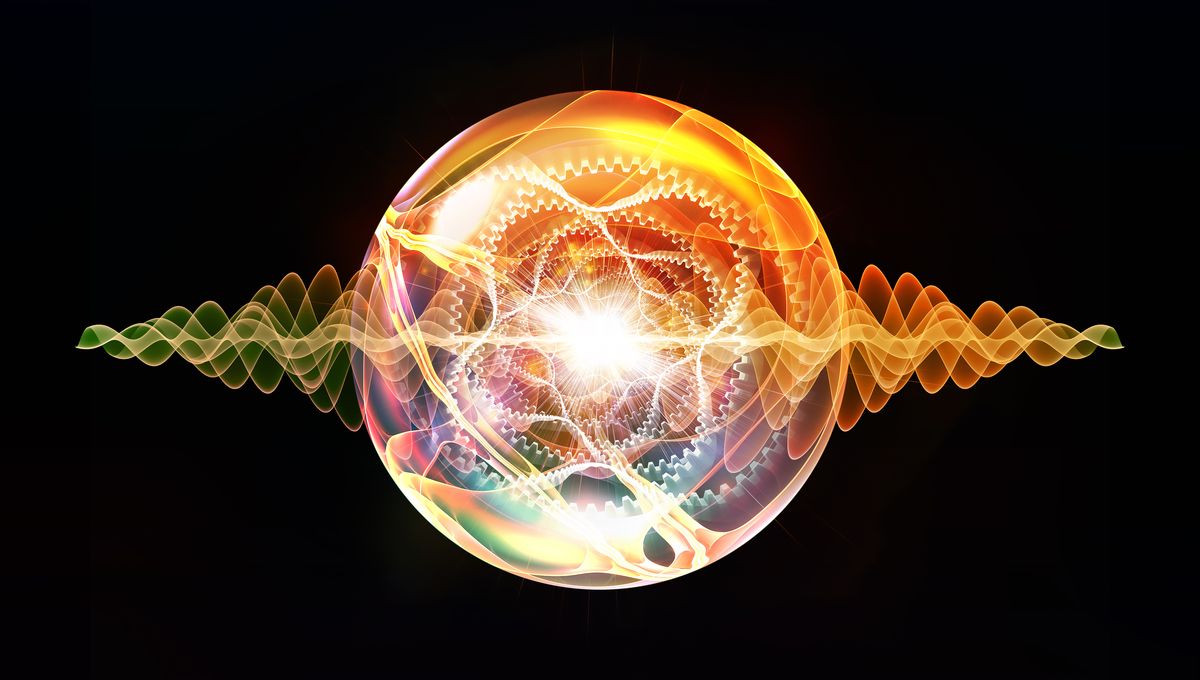Prepare to have your mind blown! A groundbreaking research team has just unlocked the secrets of light using classical mechanics. Yes, you read that right – classical mechanics! They’ve managed to explain two mind-boggling properties of light: polarization and entanglement.
Let’s start with polarization. You know how sunglasses filter out certain light? Well, that’s all thanks to the orientation of light waves. And believe it or not, classical mechanics can shed some light on this phenomenon. The team drew inspiration from the Huygens–Steiner theorem, a 350-year-old gem that explains how solid objects rotate around an axis that doesn’t pass through their center of mass. Who would’ve thought this theorem could have anything to do with light?
Lead author Xiaofeng Qian, from the Stevens Institute of Technology, explained, “This is a well-established mechanical theorem that explains the workings of physical systems like clocks or prosthetic limbs. But we were able to show that it can offer new insights into how light works, too.”
So, how did they do it? Well, they cleverly used the intensity of light as an analog for the mass of a physical object. By mapping out the rest of the properties following the structure of the theorem, they were able to describe light using good old physical equations. It’s like translating an optical system into a mechanical one – suddenly, everything becomes crystal clear.
But here’s the mind-blowing part: the researchers discovered that the relationships between these properties exist, even though light is not a classical body. The mapping between mechanics and optics is so seamless that you can literally measure the distance between the “center of mass” and other mechanical points to understand how different properties of light are interconnected.
Now, why does this mapping work so well? That’s a question that still puzzles the researchers. But one thing’s for sure – understanding this connection could revolutionize our grasp of quantum properties and how we apply them in various applications.
If you’re as fascinated as we are, you can dive into the details of this mind-bending study in the journal Physical Review Research.








